It was him, thirty years too old, twenty pounds too light, and forty watts too dim maybe, but him

It was him, thirty years too old, twenty pounds too light, and forty watts too dim maybe, but him
Michael Chabon is a renowned author known for his vivid storytelling and complex characters. In his works, he often explores themes of identity, nostalgia, and the passage of time. The quote “It was him, thirty years too old, twenty pounds too light, and forty watts too dim maybe, but him” encapsulates the essence of Chabon’s writing style and the way he delves into the complexities of human nature.Chabon’s characters are often flawed and imperfect, yet they are deeply relatable and human. In the quote, the protagonist is described as being older, lighter, and dimmer than before, suggesting a sense of loss and change over time. This theme of aging and the passage of time is a recurring motif in Chabon’s work, as he explores how people evolve and adapt to the challenges of life.
Despite the changes that the protagonist has undergone, there is a sense of recognition and familiarity in the quote. The use of the word “him” suggests a sense of continuity and connection to the past, even as the character has changed. This idea of continuity and connection to the past is a central theme in Chabon’s work, as he often explores how the past shapes the present and influences the future.
The quote also hints at a sense of nostalgia and longing for the past. The protagonist may be older and lighter than before, but there is still a sense of recognition and familiarity that evokes a sense of nostalgia for what once was. This theme of nostalgia and longing for the past is a common thread in Chabon’s work, as he often explores how memories and experiences shape our identities and influence our perceptions of the world.
Overall, the quote “It was him, thirty years too old, twenty pounds too light, and forty watts too dim maybe, but him” captures the essence of Michael Chabon’s writing style and the way he explores themes of identity, nostalgia, and the passage of time. Chabon’s work is a testament to the complexities of human nature and the ways in which we navigate the challenges of life.
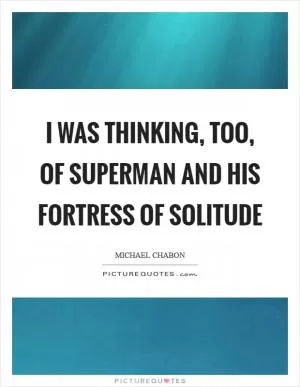
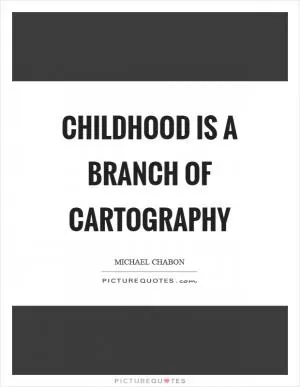






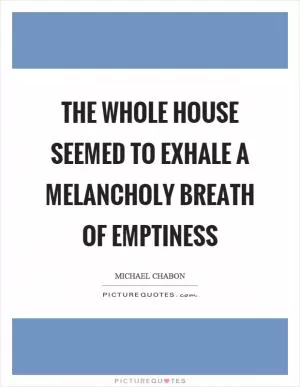
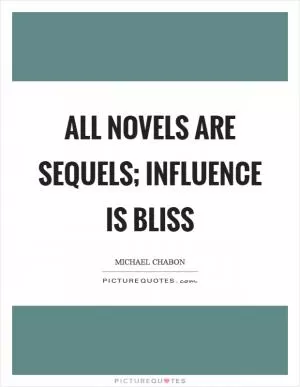
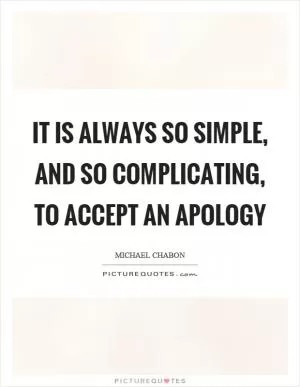

 Friendship Quotes
Friendship Quotes Love Quotes
Love Quotes Life Quotes
Life Quotes Funny Quotes
Funny Quotes Motivational Quotes
Motivational Quotes Inspirational Quotes
Inspirational Quotes